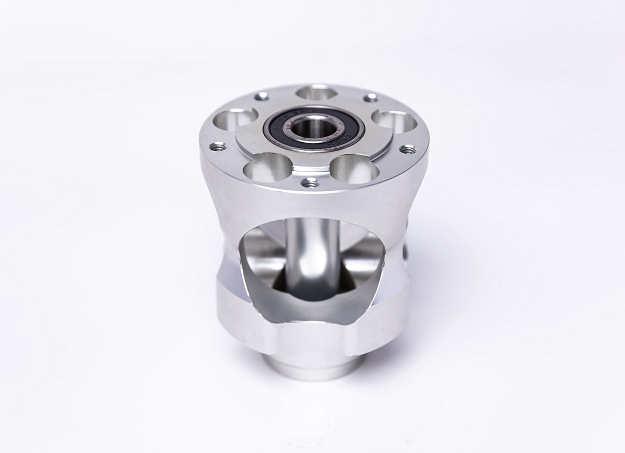CNC turning titanium parts is a popular option for a variety of applications requiring high precision and strength because it has several advantages over other methods. Here's a breakdown of the key advantages:
Accuracy and Repeatability:
Precise dimensions: CNC turning machines can precisely control the cutting tools, even down to the micron, thanks to preprogrammed instructions. This reduces waste and rework by guaranteeing consistent outcomes and doing away with the need for manual adjustments.
Complex geometries: CNC turning is perfect for parts with tight tolerances and exacting specifications because it can handle complex designs with both internal and external features.
Strength and Material Properties:
High strength-to-weight ratio: Titanium is incredibly strong for a lightweight material. For applications like aerospace and medical implants, CNC turning enables effective material utilization, minimizing weight while maintaining structural integrity.
Corrosion resistance: Titanium has an innate ability to withstand oxidation and corrosion, which makes CNC turning parts perfect for demanding settings like chemical processing or maritime applications.
Biocompatibility: For use in prosthetics and medical implants, certain grades of titanium are biocompatible. With CNC turning, you can achieve the best possible biocompatibility through precise shaping and surface finishes.
Efficiency and Automation:
Reduced setup time: The setup time between batches or part designs can be decreased by simply modifying and reusing CNC programs. It is therefore economical for both modest and large production runs.
Automation and labor savings: Due to CNC turning's high level of automation, less manual labor and the possibility of human error are required. This may result in lower costs and more productivity.
All things considered, CNC turning titanium parts is a flexible and effective way to create strong, lightweight, highly precise parts for a range of demanding applications. But, depending on your particular project requirements and budget, it's critical to compare the benefits and drawbacks with alternative approaches.

